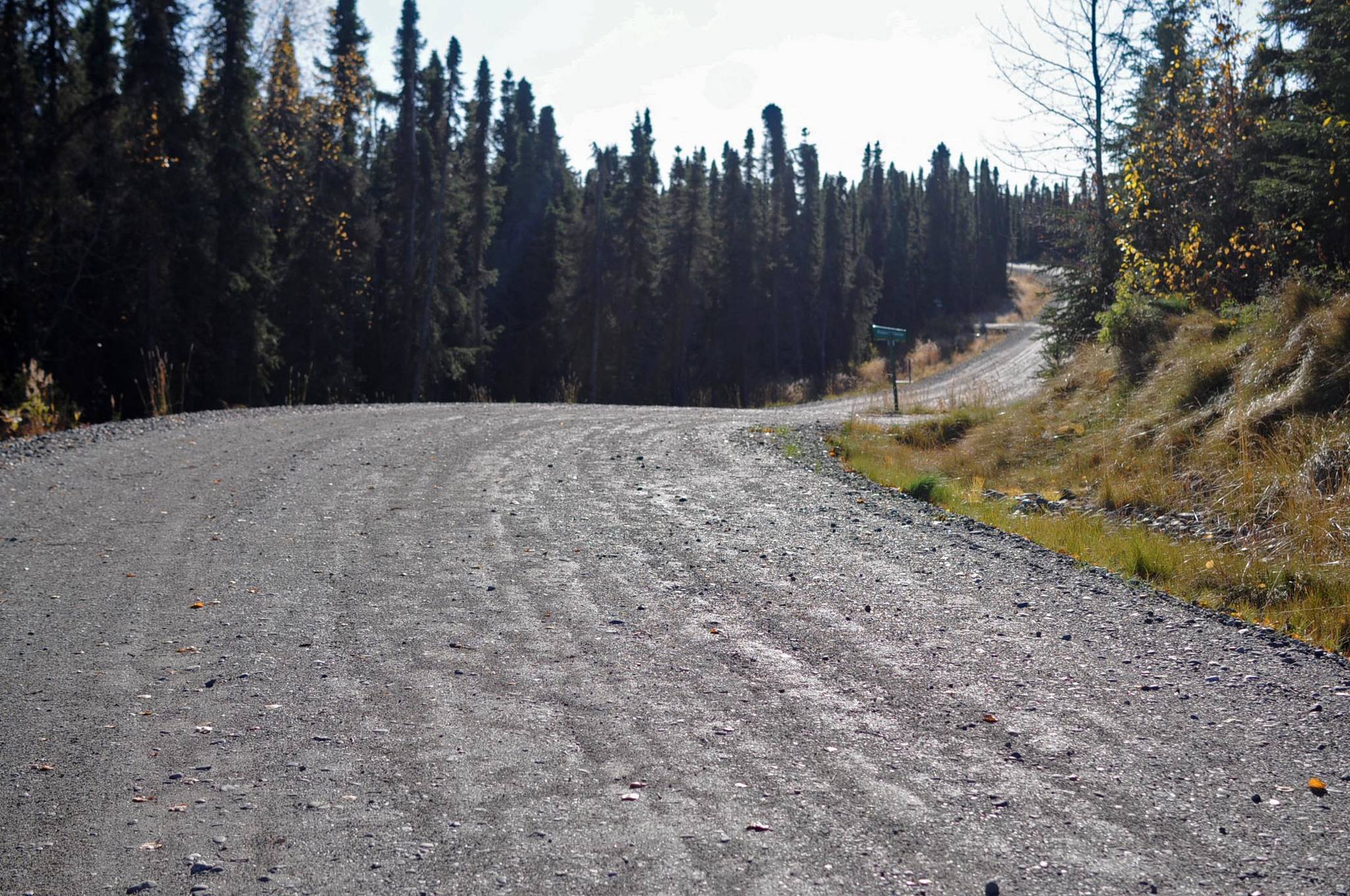With two public listening sessions behind them, the members of the borough’s working group on gravel pits are digging into their list of recommendations.
The staff in the Kenai Peninsula Borough’s planning department proposed a rewrite of the code regulating material sites — largely for gravel pits, but which also covers operations like peat extraction — when the group began meeting in February. Listed out, that includes about 57 individual changes, some major and some minor.
As they were looking at each of the recommendations, one thing became clear: the group’s original deadline of June 5 was too soon.
“(At the last meeting) I used that time to sit down with several staff … we said, ‘Okay, we have four meetings left. At two hours each, that’s eight hours of meeting time,’” said Material Site Working Group chairman Robert Ruffner. “When you start dividing how long it would take us to deliberate and vote on each of those 57 changes, we’d have to click one off every six minutes to be done on June 8.”
Instead, the group decided to ask the Kenai Peninsula Borough Assembly for an extension. However, they also agreed to suspend meeting from June through September, partly because gravel pit operators are busy during the summer and would have a hard time participating. Group member Wayne Ogle, who also serves as the president of the assembly, said he would propose the resolution for the extension.
The group walked through a number of minor items proposed as changes to the code. Some were as minor as tense changes on words, while others were clarifying language or deleting redundancies. The changes the group generally agreed on will be placed on a consent agenda for the next meeting to be approved as a batch before the members dig into the debates on more controversial items.
One of those that will come up first is whether to include the grandfathered pits that are currently unregulated, officially called prior existing uses. Prior existing use sites outnumber regulated pits more than three to one — there are about 270 unregulated gravel pits to the approximately 80 permitted ones. In the last rewrite of the material site code, passed in 2006, the borough excluded prior existing pits from the new regulations.
However, working group member Stacy Crouse pointed out that much of the public comment that led to the group’s creation in the first place addressed existing pits, and for the new rules not to address the existing issues seemed to be unfair to the residents who came forward.
“The working group was established because of public input and we’ve been seeking public input, and a lot of that has come from people who live under the current code next to gravel pits,” she said. “…I don’t think they’re thinking that it won’t apply to them.”
Working group member Tom Clark said that would be pulling the rug out from under operators on existing pits, who had their permits approved and developed their pits based on those rules.
“We ought to take that right up front, because that completely changes everything else that’s on here,” he said.
Cataloging and enforcing rules in prior existing pits would add a significant amount of work for the planning department as well, said borough Planning Director Max Best.
Much of the controversy about gravel pits has arisen because when neighbors nearby find out the Planning Commission is considering a permit for a gravel pit, many come to the meeting and ask the commissioners to deny the permit based on a relatively similar set of complaints, including property value reductions, noise, dust, traffic and groundwater concerns. However, the Planning Commission only has the authority to deny a permit if the operator has not met the permit conditions, and so often has to approve permits over the objections of neighbors.
Operators in the past have volunteered to reduce their hours of operation to help accommodate neighbors, but because of how the borough code is structured, those volunteered hours then become set in stone. That has led to operators not volunteering to reduce their hours anymore, Clark said.
“No one’s going to volunteer anything at this point because there’s no turning back,” he said.
Ruffner asked the group members to submit their own suggested changes to the code by the next meeting, where the group will start debating the larger particulars, including reclamation requirements, bonding, water monitoring and dust control, among others. The group is seeking public comment on specific suggestions, which are listed out in the packets available on the Material Site Working Group’s page on the Kenai Peninsula Borough’s website.
The group will also take public comment for 20 minutes at the beginning of its next meeting on May 2. Once the group finalizes its recommendations, they will go to the Planning Commission and the assembly for final approval.
Reach Elizabeth Earl at eearl@peninsulaclarion.com.

